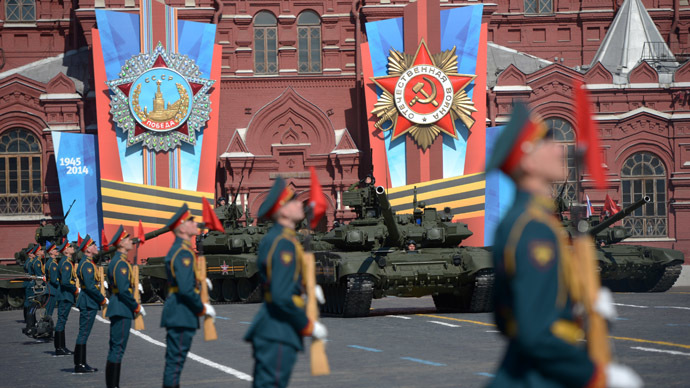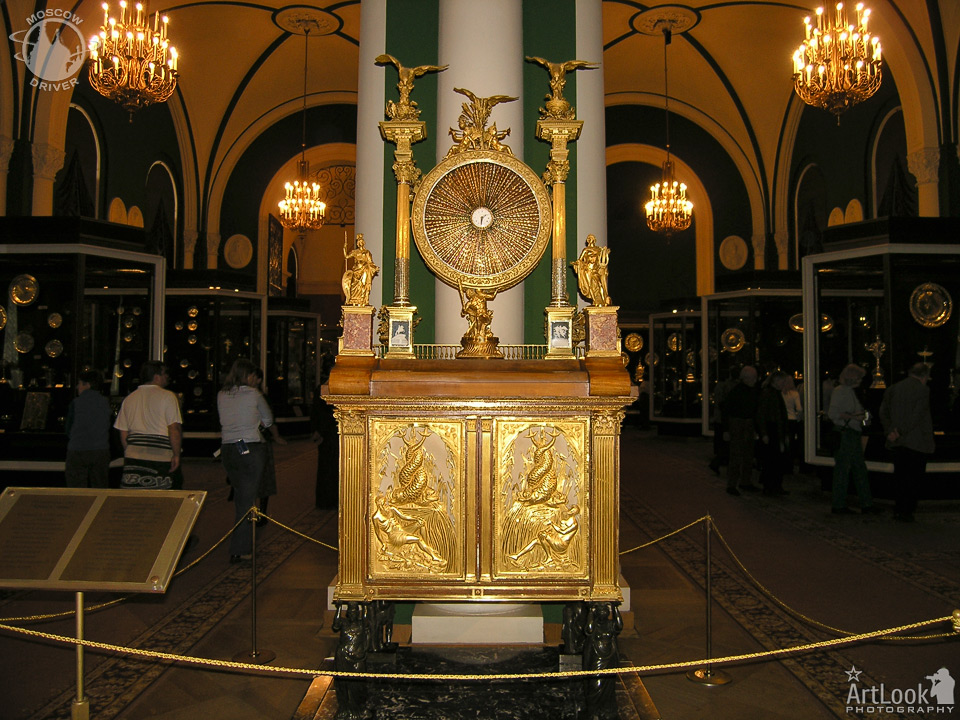Gisell and I are both very fond of the soldiers here in Moscow, and we both really wanted to write about them, so to spread the joy, here’s a joint blog from us about the Kremlin or Presidential Regiment.
In Moscow, as in Arlington National Cemetery, there is a very famous Tomb of the Unknown Soldier. The American memorial is a large stone cube, which a soldier marches around at all times; Russia’s monument is an eternal flame flanked by two soldiers from the Kremlin Regiment. Located just outside the Kremlin Wall, the World War II memorial commemorates fallen Soviet soldiers, and an eternal flame, lit from the eternal flame in St. Petersburg, burns in front of it. To the right of the flame extends a red marble wall, inscribed with the names of Hero-Cities of the Soviet Union during World War II; that is, where major battles were fought.
As in D.C., tourists in Moscow flock to watch the tomb’s guards, especially the hourly changing ceremony. Two soldiers come from off-right [seriously, I’m not even sure where they come from, it’s so far off] and march with high kicks towards the Tomb. The previous two soldiers take the same route back, accompanied by an officer in the middle who oversees the change.
Becoming a member of the Presidential Regiment is contingent upon several rigorous qualifications…

Infographic from Russia Beyond the Headlines
The Kremlin Regiment has various functions; in general, they’re tasked with the protection of the President and treasures in and around the the Kremlin. This includes guarding Lenin’s Mausoleum, the Tomb, the Kremlin Arsenal (which hosts a huge collection of Imperial paraphernelia), as well as simply funneling tourists inside the walls and around the premises on carefully-marked crosswalks.
The Regiment also perform a spectacular show on Sundays in the Kremlin on Cathedral Square. They march on foot, parade on horses, and do really impressive spinning and tossing maneuvers with guns, which they fire at the end. The show is called the Razvod Karaula (kah-rah-OOL-ah), the Changing of the Guard, and was one of my favorite things from the entire trip.
Further reading:
http://rbth.com/society/2013/07/30/presidential_regiment_commander_reveals_kremlin_secrets_28499.html


































